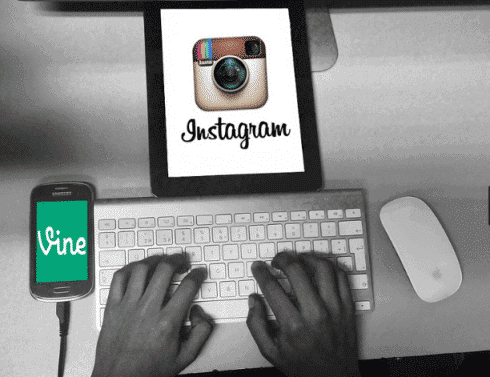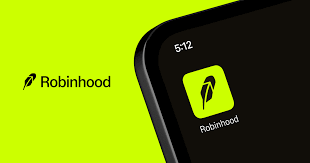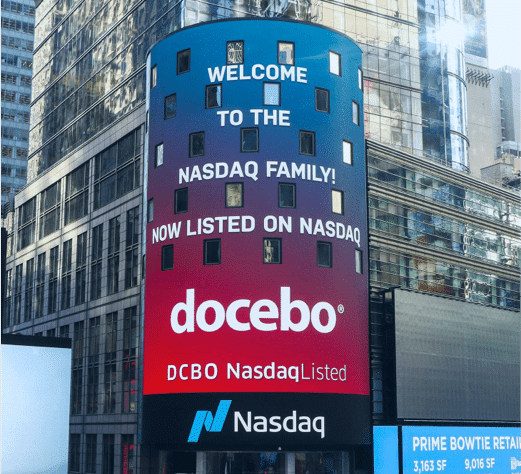
Since January, Facebook has been, in its own words, “running a small test to explore showing its ads in third-party mobile apps.”
For those with some familiarity with the subject, this may sound similar to Facebook’s FBX Ad Exchange, which has been running since December 2012 and has seen the social media giant partnering with external ad-retargeting firms such as Toronto’s Chango.
But the test is actually part of a larger trend. Facebook’s most recent actions represent an outward-looking shift in focus, from attempting to monetize its user base inside it walled garden to serving ads to its users wherever they are outside Facebook. They are doing this by collaborating with outside developers to leverage an enormous data set. And, in their own way, Facebook’s peers are doing the same.
On April 30, Facebook will spell out in greater detail plans for a mobile network at its F8 Developer Conference in San Francisco, which can be watched live from 10 a.m. Pacific Time.
Despite the lack of advertising in the mobile version of Facebook, mobile advertising totalled $1.24 billion, or 53% of its total fourth quarter 2013 revenue, up 23% from Q4 2012, when it debuted its FBX Ad Exchange. Total mobile ad revenue for Facebook is forecast to hit 63.4% in 2014.
Rather than acquiring WhatsApp and Instagram and folding them under the Facebook banner, Facebook has allowed these companies to retain their distinct ethos and character, as well as their respective user bases.
With Google, Apple, Facebook and Twitter all chasing the same mobile advertising dollars, the greatest asset those peers have is data, essentially made up of little bits of information about you and your interests and those of your friends and how you all interact with brands.
The pie representing that market, though, far from being a fixed quantity to be divided in ever tinier slices among hungry competitors, is growing. Mobile ad sales increased from $8.7 billion in 2012, worldwide, to $17.9 billion in 2013, and is forecast to add a 75% increase this year, to $31.45 billion total. Basically, anyone with access to a fork in the next couple of years can eat pie until their faces explode and there will still be plenty of pie to go around.
Google got a head start in the mobile advertising game in November 2009, when it acquired AdMob for $750 million, whose focus had been on marketing in iOS apps. With that early move, its share of the mobile advertising market in 2012 was 49.3%, which is set to shrink only slightly in the face of competition from Apple, Twitter and Facebook to 46.8% this year. That’s how much bigger the mobile market has become.
Apple runs its iAd platform, while Twitter’s $350 million acquisition of mobile advertising platform MoPub last September represents its best hope at eating away at whatever it can of Google’s pie.
Twitter acquired Vine in October 2012 and very much allowed it to remain Vine, rather than attempting to clumsily rebrand it as some in-house Twitter video widget.
Facebook’s acquisition of WhatsApp late in 2013 was an acknowledgement that it had failed to react to the rise of mobile and was playing catch-up with a smart acquisition. Rather than acquiring WhatsApp and Instagram and folding them under the Facebook banner, though, Facebook has allowed these companies to retain their distinct ethos and character, as well as their respective user bases. It seems likely that these experiences with laissez-faire acquisition has proved to Facebook that it can dominate a market not by destroying the competition or forcing every eyeball back to its own funnel but by relying on the resiliency of distributed networking and the size of its own database to increase its own share of mobile revenues by bringing independent partners to the table and letting them feast on leftovers.
Twitter, for its part, acquired Vine in October 2012 and very much allowed it to remain Vine, rather than attempting to clumsily rebrand it as some in-house Twitter video widget. This month, Twitter acquired Gnip, whose specialty is reading social signals and sentiment for advertising purposes.
With journalists regularly predicting Facebook’s demise (it doesn’t manufacture steel or haul oil out of the ground, after all, and therefore isn’t a real company and deserves to fail), we’ve watched its stock value tank in the aftermath of its IPO to well below its initial $39 value, trading now above $56. The doubters have been proved very wrong about the “value” of social media.
With its new mobile advertising market, Facebook is placing a bet that the future will more likely be dominated by large players collaborating with a decentralized network of small, independent-minded developers, programmers and ad retargeting networks than by a clash of titans fighting from inside their walled gardens and eating smaller companies for breakfast along the way.
It’s not so much that the social media giants are “falling apart” in the face of competition from a million tiny sources or each other, but that they recognize that their strengths lie in leveraging their own best asset, user data, in collaboration with a decentralized posse of developers that can be marshalled under their own house brands.
_______________________________________________________________________________________________________________
Leave a Reply
You must be logged in to post a comment.



 Share
Share Tweet
Tweet Share
Share




Comment